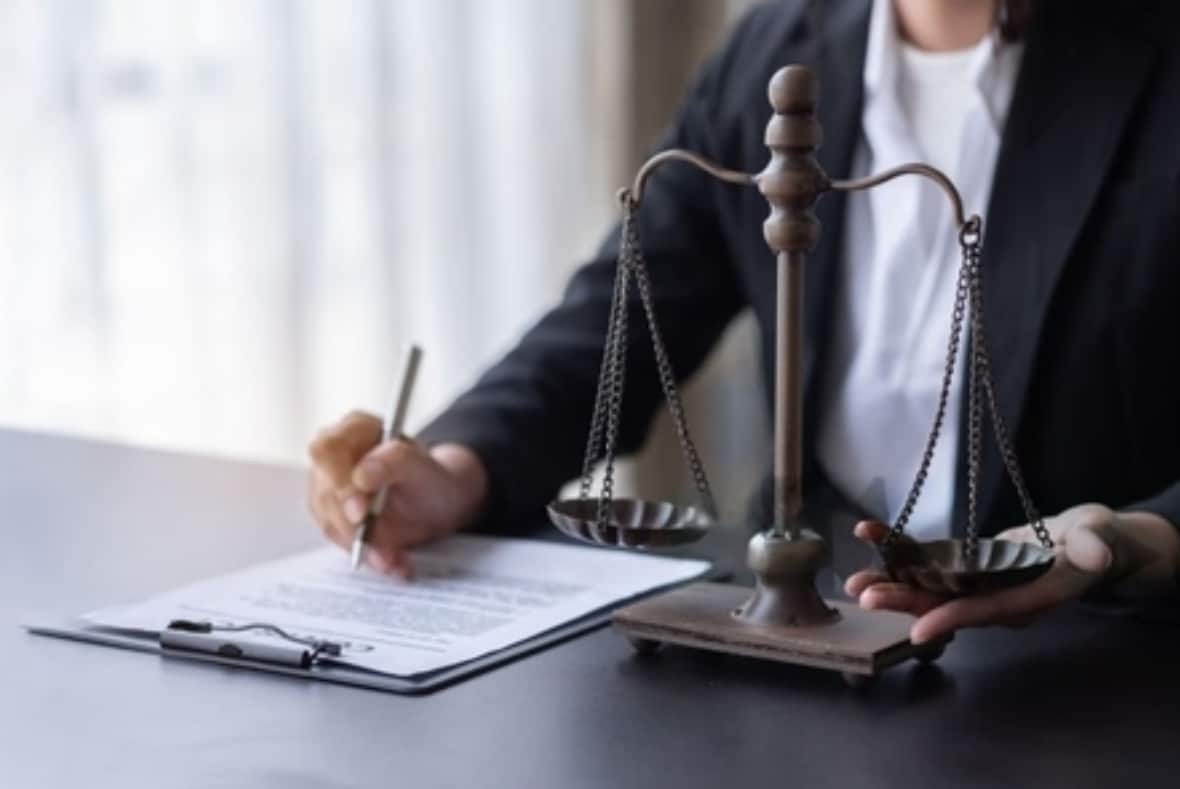8 Important Steps to Take After a Medication Error – Guest Post

Medical errors, including medication errors, are unfortunately not uncommon in healthcare settings. These errors can have serious consequences for patients, ranging from mild side effects to severe complications. As a patient who has experienced a medication error, navigating the aftermath can be a challenging and distressing experience.
Plus, it is crucial to understand the steps that should be taken in the wake of such an incident to ensure your well-being and contribute to a safer healthcare environment. In this article, we outline eight important steps that should be followed after a medical error.
1. Assess the Situation:
Begin by taking a deep breath and assessing the situation with a composed demeanor. Examine the medication administration process, cross-checking the prescription, dosage, and patient details. If possible, consult healthcare professionals to determine the severity of the error. Keep in mind that not all errors lead to immediate harm, but a thorough assessment is critical for understanding the potential risks and guiding subsequent actions. In instances where immediate harm is not apparent, consider consulting with healthcare providers to establish a plan for monitoring the patient’s condition over the following hours or days.
2. Seek Medical Attention:
Act promptly by contacting healthcare providers or emergency services. Provide them with all relevant information about the medication error and any symptoms the patient may be experiencing. Emphasize the urgency of the situation to ensure that the healthcare team can intervene swiftly. Remember that timely medical attention can significantly influence the course of recovery and mitigate potential complications. Additionally, inquire about follow-up care and whether any specialized medical attention or consultations are necessary for the patient’s specific condition.
3. Communicate with Healthcare Providers:
When communicating with healthcare providers, be transparent and articulate about the details of the medication error. Share any concerns or observations you have regarding the patient’s response. Engage in a collaborative dialogue with the healthcare team, fostering an environment where all parties work together to address the issue. Effective communication is key to ensuring that everyone involved is on the same page and can contribute to a comprehensive resolution. After the initial communication, schedule follow-up discussions to stay informed about the ongoing management plan and any adjustments made based on the evolving situation.
4. Consider Legal Consultation:
In some cases, it may be prudent to seek legal advice, especially if the medication error has resulted in significant harm or if you believe negligence played a role. Consulting with a top malpractice attorney can help you understand your rights, navigate potential legal avenues, and determine whether pursuing legal action is appropriate. Keep in mind that legal recourse is not always necessary, but having a knowledgeable attorney can guide the best course of action and protect your interests throughout the resolution process.
5. Document Everything:
In addition to recording the basic details of the medication error, include any contextual information that might be relevant. Note the environmental conditions, staff involved, and any mitigating factors. The more comprehensive your documentation, the better equipped the healthcare facility will be to conduct a thorough investigation. This documentation may also serve as a reference point for any legal consultations that may follow. Make sure to secure copies of all relevant medical records and reports, as they may be essential for future consultations or discussions with healthcare providers.
6. Report the Error:
Follow the established reporting procedures within the healthcare facility diligently. Provide a detailed account of the error through the appropriate channels, ensuring that your report is comprehensive and accurate. Understand that reporting is not only a responsibility but also a proactive step towards improving patient safety. Encourage a culture of transparency by emphasizing the importance of shared learning from incidents. Consider requesting a copy of the official incident report for your records to maintain transparency and ensure that the details are accurately documented.
7. Familiarize Yourself with Patient Rights:
Take the time to understand your rights as a patient or the rights of your loved one. Ask questions about the treatment plan, request clarification on any concerns, and actively participate in decision-making processes. Patient rights empower individuals to be advocates for their well-being, fostering a collaborative relationship with healthcare providers and ensuring that the patient’s values and preferences are respected. Stay informed about the facility’s policies on incident communication and patient rights, and inquire about any available resources or support services that can assist you in navigating the aftermath of the error.
8. Seek Support:
Reach out to friends, family, or support groups to share your experience and emotions. Seeking emotional support is a vital component of coping with the aftermath of a medication error. Counselors or mental health professionals can guide managing stress and anxiety, helping you navigate the emotional challenges associated with such incidents. Additionally, consider joining patient advocacy groups or organizations that specialize in medication safety; they can provide valuable insights, resources, and a supportive community for those who have experienced similar situations.
Conclusion
A medication error is a serious matter, but the steps taken in its aftermath can significantly impact the outcome for the patient and contribute to preventing future incidents. Through open communication, reporting, and active participation in the resolution process, patients and their families can navigate the aftermath of a medication error to ensure patient safety and foster a culture of continuous improvement in healthcare.










